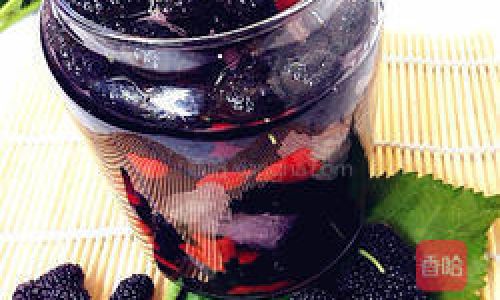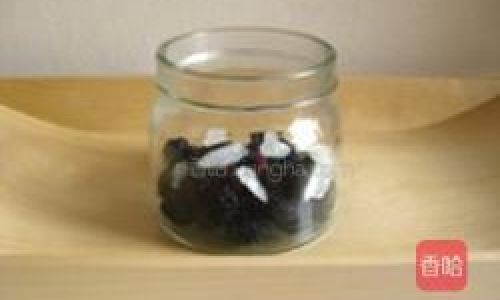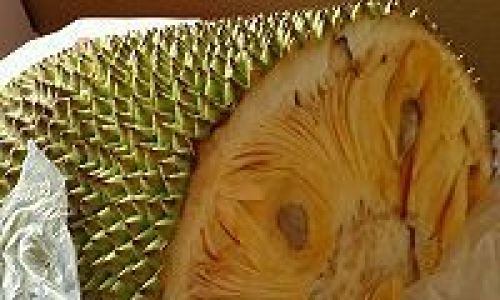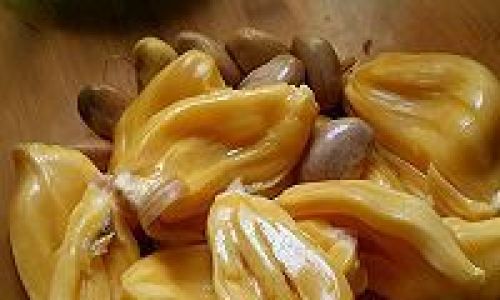Introduction
Mulberry wine, a beverage steeped in ancient tradition, has been cherished across cultures for its unique flavor and purported health benefits. Among the most intriguing variations is silkworm-infused mulberry wine, a concoction that blends the sweetness of ripe mulberries with the earthy richness of silkworms. This elixir, rooted in East Asian herbalism, is believed to enhance vitality and balance the body’s energy. While the process may seem unconventional to modern palates, it reflects a harmonious relationship between agriculture, entomology, and fermentation. This article delves into the history, science, and meticulous craftsmanship required to create this distinctive wine, offering a comprehensive guide for enthusiasts eager to explore this age-old practice.
Understanding the Ingredients
The foundation of exceptional mulberry wine lies in selecting premium ingredients. Mulberries, the star component, are small, juicy fruits native to temperate regions. Their flavor profile ranges from tart to sweet, depending on ripeness, and they are rich in antioxidants, vitamins, and iron. For optimal results, choose fully ripe, dark-purple or black mulberries, as they offer the highest sugar content and deepest hue.
Silkworms, the larvae of the Bombyx mori moth, add a layer of complexity to the wine. Traditionally, dried silkworm pupae are used, as they impart a subtle umami flavor and a source of protein and amino acids. Ensure the silkworms are sourced from reputable suppliers, as improper handling can introduce contaminants.

Additional ingredients include granulated sugar (to kickstart fermentation), wine yeast (for controlled alcohol production), and citric acid (to balance acidity). Optional additions like cinnamon sticks or cloves can elevate the aromatic profile.
Preparation Phase
1. Harvesting and Cleaning Mulberries
Begin by gently rinsing the mulberries under cool water to remove dirt and debris. Avoid soaking, as excess moisture can dilute the fruit’s natural sugars. Spread the berries on a clean towel and pat them dry. Remove any stems or unripe fruits, as these can introduce bitterness.
2. Processing Silkworms
If using dried silkworm pupae, lightly roast them in a dry skillet over low heat until fragrant. This step mellows any earthy astringency and enhances their nutty undertones. Allow the roasted silkworms to cool before grinding them into a coarse powder using a mortar and pestle or spice grinder.
3. Sterilizing Equipment
Fermentation is a delicate biological process, and contamination can ruin batches. Sterilize all tools—including jars, funnels, and strainers—by boiling them for 10 minutes or using a food-safe sanitizing solution. Airtight glass jars with wide mouths are ideal for primary fermentation, as they allow easy access for stirring and monitoring.
The Brewing Process
1. Maceration and Sugar Addition
In a large sterilized jar, combine the cleaned mulberries and silkworm powder. For every kilogram of mulberries, add 300 grams of granulated sugar. The sugar serves dual purposes: it extracts juices from the fruit through osmosis and provides food for the yeast. Gently muddle the mixture with a sterilized spoon to release juices without crushing the seeds, which can impart bitterness.
2. Yeast Activation
Hydrate 5 grams of wine yeast in a small bowl of lukewarm water (30–35°C) with a pinch of sugar. Allow it to froth for 10–15 minutes, indicating active metabolism. This step ensures the yeast is viable and ready to ferment.
3. Primary Fermentation
Pour the activated yeast into the mulberry-silkworm mixture and stir thoroughly. Cover the jar with a breathable cloth secured by a rubber band to allow gases to escape while preventing pests. Store the jar in a dark, cool location (18–22°C) for 7–10 days. Stir daily to prevent mold and aerate the mixture, which encourages healthy yeast growth.
4. Straining and Secondary Fermentation
After primary fermentation, the mixture will bubble vigorously and emit a fruity aroma. Strain the liquid through a fine-mesh sieve lined with cheesecloth to remove solids. Transfer the strained liquid to a clean glass carboy, leaving 2.5 cm of headspace to prevent overflow during fermentation. Seal the carboy with an airlock, which allows CO₂ to escape while blocking oxygen.
Secondary fermentation lasts 4–6 weeks at 15–18°C. During this phase, the yeast metabolizes residual sugars, increasing alcohol content and refining flavors. Rack the wine every two weeks using a siphon to remove sediment, ensuring clarity.

Aging and Bottling
Aging is critical for developing the wine’s complexity. Transfer the wine to oak barrels or sterilized bottles and store them in a cool, dark place for 6–12 months. Oak imparts vanilla and spice notes, while prolonged aging mellows harsh edges.
Before bottling, check the alcohol content with a hydrometer (ideal range: 12–15% ABV). Filter the wine through a coffee filter or wine filter to remove residual particles. Seal bottles with corks or screw caps, labeling them with the date and ingredients.
Serving and Pairing
Silkworm-infused mulberry wine is best served slightly chilled (10–12°C) to highlight its nuanced flavors. Its sweet-tart profile pairs well with soft cheeses, roasted meats, or dark chocolate. For a traditional touch, serve it alongside herbal teas or light desserts.
Health Benefits and Cultural Significance
In traditional Chinese medicine, mulberries are believed to nourish the liver and kidneys, while silkworms are valued for their protein and anti-inflammatory properties. Modern studies suggest mulberries may support heart health and blood sugar regulation, though more research is needed.
Culturally, this wine symbolizes the interconnectedness of nature and human ingenuity. Silkworms, once revered for their role in silk production, now contribute to culinary heritage, bridging past and present.
Troubleshooting Common Issues
- Mold Growth: Often due to insufficient sterilization or excess moisture. Discard affected batches and sanitize equipment thoroughly.
- Off-Flavors: Caused by wild yeast or bacterial contamination. Use commercial wine yeast and maintain consistent temperatures.
- Stuck Fermentation: If fermentation halts prematurely, add a pinch of yeast nutrient or rehydrated yeast.
Conclusion
Crafting silkworm-infused mulberry wine is a labor of love that honors ancestral wisdom while embracing modern precision. Each step—from harvesting berries to bottling the final product—demands patience and attention to detail. The result is a libation that transcends mere beverage status, embodying the delicate balance between nature’s bounty and human craftsmanship. Whether enjoyed as a digestif, a ceremonial offering, or a conversation starter, this wine invites contemplation of the timeless bond between humans, plants, and insects. As you sip, raise a toast to the alchemy of tradition and the enduring magic of fermentation.





0 comments